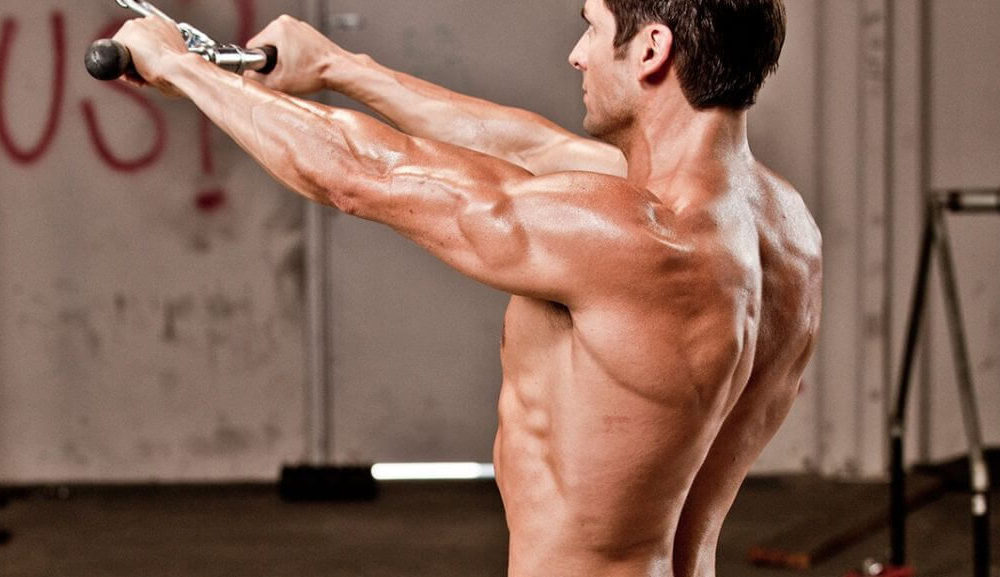

Why should I use the cable machine?
At any gym/fitness studio throughout the country, you will undoubtedly notice various types of equipment and devices that are at your disposal. For the novice lifter, the multitude of options can seem like a daunting task when attempting to create an effective strength training program to help you achieve your goals. One of the more consistent stables of gym equipment over the last few decades is a cable machine. These machines come in various shapes and types and are effective choices to achieve a full-body strength and power workout. In addition to their versatility, these machines are also a solid choice due to their ability to allow for proper form and exercise completion. Proper form will allow for increased muscle isolation and, therefore muscle growth (ie hypertrophy) producing improvements in strength, endurance, and overall power.
Benefits of Resistance Training
Resistance training is defined as “increasing the force output of the muscle through incremental weight increases and uses of a variety of exercises and types of equipment to target specific muscle groups” (Physiopedia, 2021). Regardless of the type of equipment or workout program, you decide upon, the benefits of resistance training are well documented. In addition to the obvious improvements in muscle thickness and size growth, a well-rounded program will also improve the function of many other systems. Countless Americans are struggling with various chronic diseases and medical conditions which are positively affected through resistance training. This includes increases in metabolism, improvements in cardiac function and resting blood pressure, increases in muscle to fat ratio as well as gains in bone density. With all of these benefits to assist with our ongoing battles with heart disease, diabetes, obesity, and osteoporosis, initiating a solid strength program is a huge step in your goals of a long, healthy life.
Program Breakdown
Through this program, we will target various muscle groups to facilitate muscle growth and long-term gains in strength in power. There are many concepts behind the designing of a resistance training program that can produce results for anyone as long as there is proper form and weight selection. Two of the most popular protocols are the Delorme and Oxford principles of which both have been proven clinically to be effective approaches to strength training. Both programs are based on the use of the ten repetition maximum (ie how many reps can be done at that weight with that exercise) but will vary on the intensity of the sets as a means to challenge the selected muscle group. A quick way to get an idea of your 10 RM would be to start at about 75% of your 1 rep max weight and adjust from there. Regardless of the program selected, the repetitions will stay between 10-12 repetitions.
-
Delorme Program
○ 1st Set: 50% of 10 rep max
○ 2nd Set: 75% of 10 rep max
○ 3rd Set: 100% of 10 rep max
-
Oxford Program
○ 1st Set: 100% of 10 rep max
○ 2nd Set: 75% of 10 rep max
○ 3rd Set: 50% of 10 rep max
Before Starting a Program
Following receiving clearance from your doctor before beginning a fitness program, you will be ready to get your workouts started. When using a cable machine, be sure to inspect the various cables to ensure their integrity. Oftentimes, these cables can be worn from the stress of machine usage and can pose a threat to your safety. Once the machine is ready to go, be sure to have proper footwear and wide-open space to allow for the safe completion of the program. And of course, be sure to maintain proper form and stop the program if you experience pain. Let’s get to work!
What is needed for the workouts?
- Cable Machine and its various grip attachments
- Open area for the workout: an area of 5×5 should be sufficient
- Notebook/Paper for Tracking: will help with proper record keeping with goals, weight selection
- Water, Towel if desired
- Yoga Mat (optional)
Upper Body Movements
Single Arm Rows
- Starting facing the cable machine, grasp a single handle with the line of pull below shoulder height.
- With a slight bend in the knees, start with your palm down and pull the weight towards your body
- As you pull, rotate the thumb up stopping as the elbow lines up with the rib cage.
- Slowly control the weight and return to the starting position.
Face Pulls
- Start with the cable height slightly below shoulder height with the rope/double grip attachment
- With a slight bend in the knees, open up the elbows while grasping the handles.
- Pull the weight up and towards your upper chest/sternum
- Focus on squeezing the shoulder blades together
- Pause at the end range and slowly control the weight back to the starting position
Standing Cable Punch
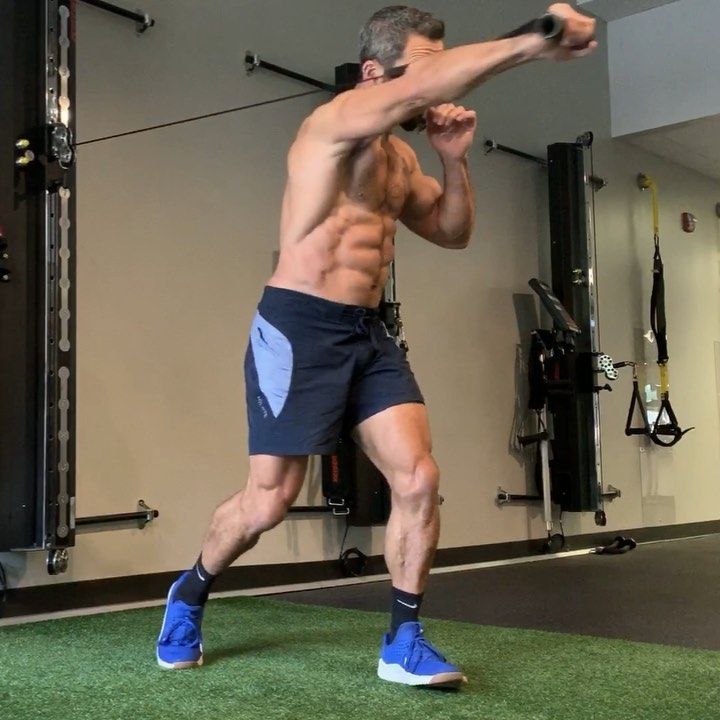
- Start with a single handle grip and the cable starting just below shoulder height.
- While facing away from the machine, allow the cable to go under the arm we are working on. Grasp the handle in front of your body.
- With a staggered stance and the selected arm close to the ribcage, extend the arm straight out as if delivering a punch
- Pause at the end, slowly control the weight and return to the starting position.
Cable Shoulder Fly
- Start with the machine at slightly below shoulder height and a double handle attachment
- While facing the cables, start with the arms out straight slightly below shoulder height
- Keeping the arms straight, pull the arms out to the side until they are even with the body
- Focus on squeezing the shoulder blades as you pull the weight
- Pause at the end range and slowly control back to the start position
- If you feel pressure in your low back, stop and drop the weight.
Tall Kneeling Shoulder Extension
- Starting on your knees facing the cable, position to cable at near shoulder height
- Grasping 2 single handles, start with your arms straight at shoulder height
- Engage the core, keep the arms straight and palms down. Pull the weight down until it is even with your hips.
- Hold this position for 1-2 seconds and slowly control the weight back to the starting position
- If you experience pain in your low back, lower the weight and focus on increased core muscle engagement. Think about bringing your belly button towards your spine.
Lower Body Movements
Pull Throughs
- Place the cable height about mid-thigh height with the rope attachment
- Facing away from the machine, grasp the handle with the cable going between your legs while in a squat position.
- With feet slightly wider than shoulder-width, squeeze your glute muscles and stand up straight. Arms will stay straight with a firm grip.
- Hold this position for 1-2 seconds. Slowly lower the weight to the starting position by leading with your hips first.
Cable Step Ups
- Position the cable about hip height with two grip handles attached
- Facing away from the cable and a plyometric box in front of you, grasp one handle in each hand
- Step up onto the box, pause at the top, and step back down to the floor
- Alternate legs, keeping your chest up and not allowing the weight to pull you back.
Standing Hip Kicks
- With a cuff attachment or single loop, position the machine at about shin/ankle height.
- The leg attached will be the leg opposite the machine with your body horizontal to the line of the cable.
- Holding on to the machine itself, keep the leg straight and kick the leg back
- The goal is about 1 foot of motion in a 45-degree angle back and to the side
- Do not let the hips/back move, the leg will be the only moving part
- Switch the cuff and complete with the other leg.
Single-Leg Deadlift
- Attach a single handle to the machine at the mid-shin height
- While facing the machine, grasp the handle firmly and start with the weight of the stack
- Balance on one leg with a slight bend in the knee with the trunk in a bend forward
- The handle will be in the arm opposite to the leg that we are balancing on
- With the leg that is on the ground, squeeze your glute muscle and stand up tall. Pause at the top and slowly lower the weight to the start position.
- Do not let the hips rotate, i.e. keep the belly button facing the cable machine.
- Repeat with the other leg/arm combo
Full-Body Movements
Anti Rotation Side Stepping
- Start with the feet shoulder-width and a single handle grasped firmly between the hands
- The cable height will be above the height of the hips
- Straighten out the arms and engage the core muscles
- Keeping the arms in line with the chest, take 2 controlled steps away from the machine. Pause after each step for 1-2 seconds.
- Slowly return to the starting position making sure to not let the weights pull your arms from the center of your body.
90/90 Pull Downs
- Using a bar or 2 handles, place the height of the cables at ~3 feet from the face.
- Lay down on your back with your head in line with the line of pull of the machine
- Grasp the handles with the arms straight at shoulder height and lift your legs to a 90/90 tabletop position
- Keeping your core engaged and your back flat to the ground, pull your straight arms down even with your torso. Pause
- Slowly control the weight and return to the starting position.
Diagonal Wood Chops
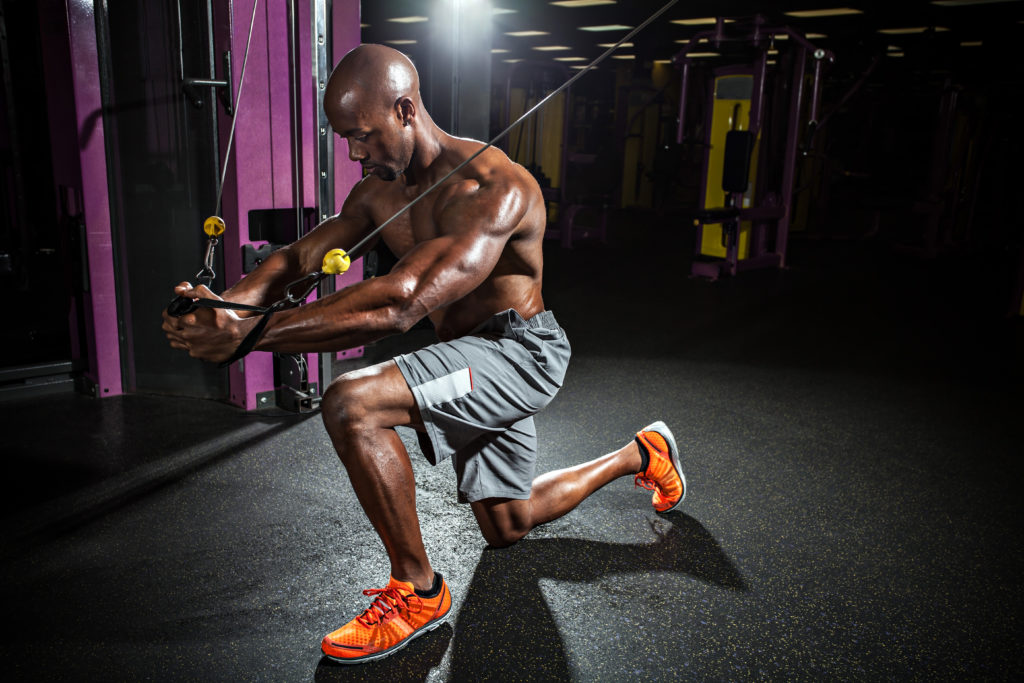
Muscular body builder working out at the gym doing chest fly exercises on the cable wire machine.
- Start on one knee and the chest upright.
- Have the cable height starting slightly above shoulder height.
- Keeping the chest proud and still, grasp the handle from the side closest to the machine.
- Arms will be slightly bent as you pull down/across your body.
- Pause and control the weight back to the starting position
- Do not allow the body to rotate as the motion is coming from the arms/shoulders.
Side Plank to Row
- With your body horizontal to the cable machine, maintain proper alignment of the shoulder/hip/leg while getting into a side plank.
- While keeping your core muscles engaged, grasp the cable grip with your top arm
- Maintain side plank position, pull the weight towards you while keeping your elbow close to the body.
- If unable to maintain the traditional plank, bend the legs and initiate the plank with the knees on the ground.
- Pause at the end range of the motion as the elbow is in line with the shoulder and hip.
- Slowly control the weight and return to the starting position.

















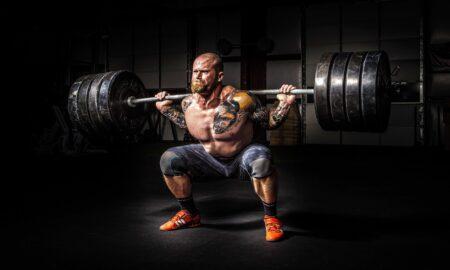
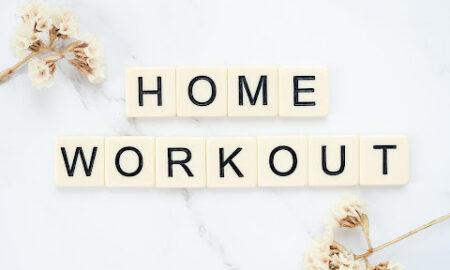



You must be logged in to post a comment Login